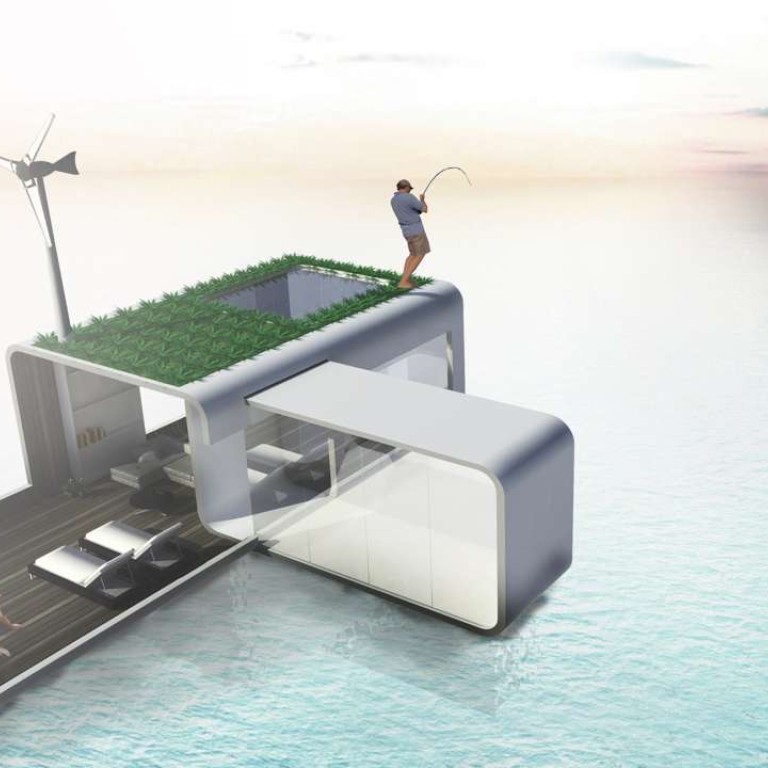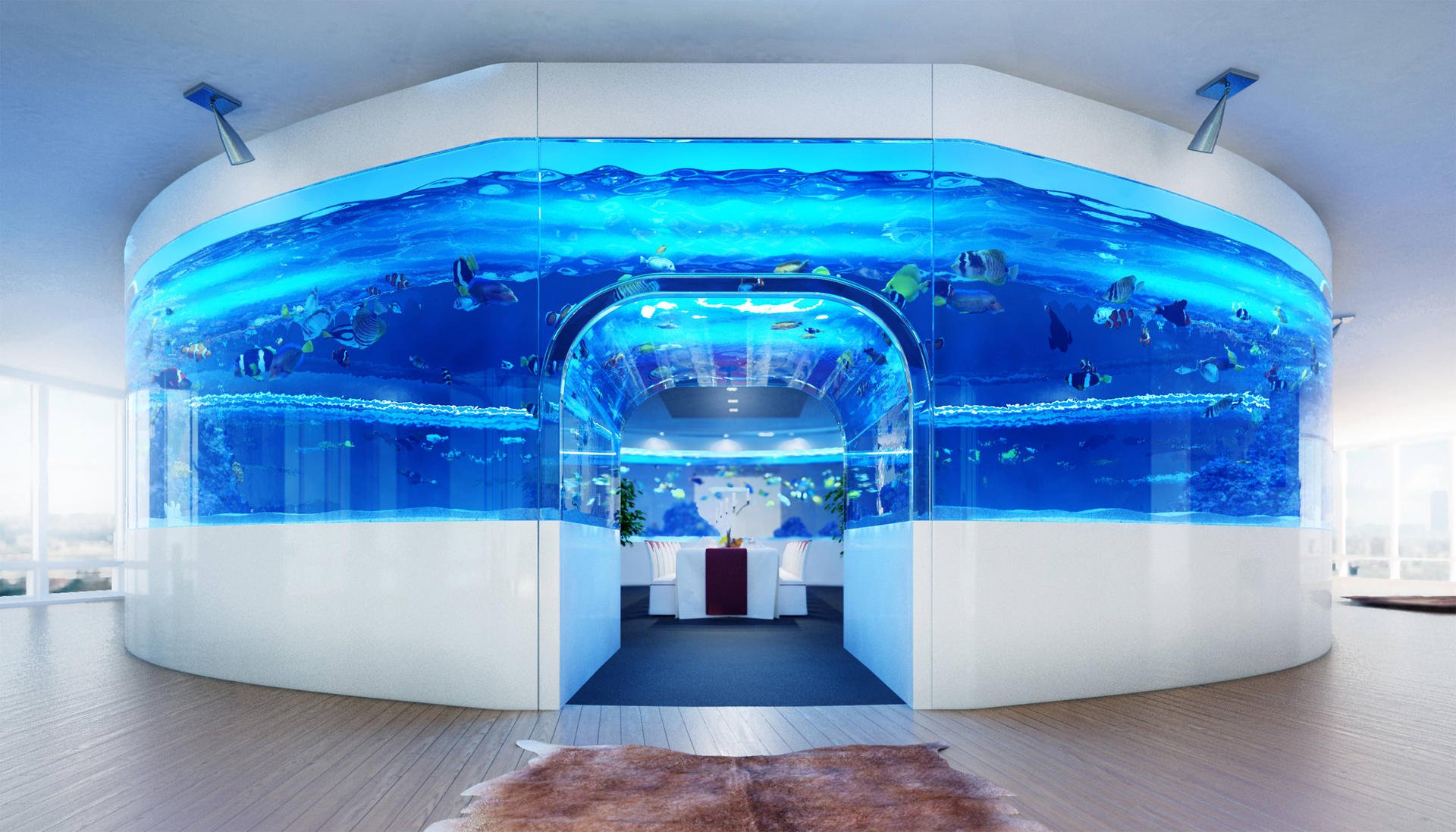This HK$10 million survival pod is a self-sustaining transformable floating unit

When sea levels rise above the earth, we may have to resort to floating in an eco-friendly and self-sufficient pod, making the ocean our permanent home

The earth is in danger, and the biggest threat faced by humans is rising sea levels. As an eco-conscious interior design studio, Liquid Interiors has worked with STYLE to come up with the ultimate solution that would save us from being engulfed by the boundless ocean.
“Global sea levels have been expected to rise each year since 1993. However, such a rise has been accelerated by global warming. In the foreseeable future, we could end up dwelling at sea, making the ocean our permanent home,” says principal and founder of Liquid Interiors Rowena Gonzales. In response to a potential future life on water, the team has created The Pod, which “is a self-sustaining transformable floating unit that transforms the exterior shell to create functional interior space for living”.
The unit is a three-storey living space that combines indoor and outdoor areas below and above sea level. All activities needed to sustain a quality life are brought on board. “Self-sustainable features are integrated into The Pod to generate self-sufficient resources for survival,” Gonzales says.

The first mission is to fill the stomach. The food garden on the upper outdoor space is a green rooftop for growing vegetables as side dishes to the seafood caught on board. A natural water desalination system is also located on the upper deck to produce clean drinking water from sea water.
Electricity to run the floating house is produced by the glass façade which is actually solar detection panels. There is also an extension unit where rubbish such as plastic is collected for recycling to produce building materials for The Pod.

The lower deck is where all the daily activities take place. The multifunctional space can serve as an airy dining area with an in-wall kitchen. Once the gimmicks are triggered, the space can be easily transformed into a comfortable family room where a sofa is dropped from the wall while the dining table can be lowered as a teapoy or hidden underground.






